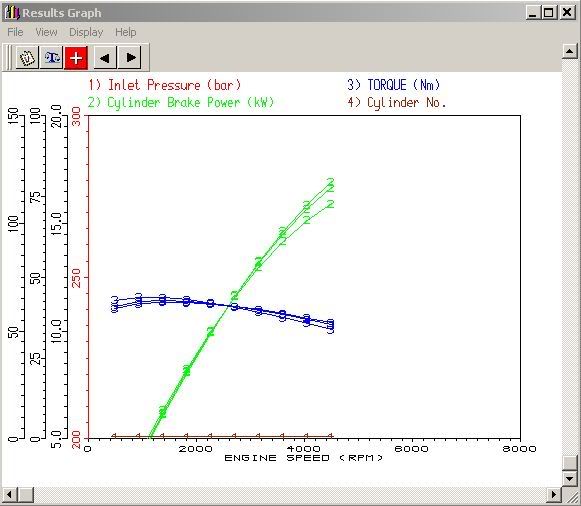
Peter's Nostalgia Site
If viewing with a smart
phone or tablet then turn it sideways for a better view.
Text in blue/pink are hyperlinks. Click on these for further information.
|
Peter's Nostalgia Site
Text in blue/pink are hyperlinks. Click on these for further information.
|
|
|
Valve Timing
Have you ever considered messing with
your valve timing? Probably not. Unfortunately you need to take the
engine out in order to remove the timing chain case so it's not
something to be undertaken lightly. During my recent engine overhaul
that was written-up in the January 2010 issue of the Jaguar Driver I
discovered that my SS engine had been fitted with a Mark V
camshaft. The SS and Mark IV have valve timing of 16, 56, 56, 16 whereas the Mark V has reduced overlap with a timing of 10, 50, 50,
10 which should give slightly higher torque at the expense of some
power at the top end.
I had the choice of fitting an SS camshaft in my re-build but the SS shaft was not in as good condition as my Mark V shaft so I decided to stick with the latter. Never content with the status quo I was however interested to know what the effects of valve timing changes might be. Fortunately such experimentation doesn't require a succession of engine removals these days. Thanks to Lotus Engineering and the wonderful world wide web you can now download a professional engine simulation tool and play with all the design parameters. After entering the various dimensions for my 2½ litre engine I thought I'd see just what performance difference there was between the SS timing and the Mark V. To my surprise the simulation suggests that there is a small increase in low speed torque with the Mark V timing but accompanied by only a very small loss of power at the top end.  The change was so slight that I then tried entering a more extreme example of 0, 30, 30, 0. This again increased the low speed torque but caused a significant reduction in maximum power. Next I looked at the effect of taking the Mark V shaft but advancing its timing to give 20, 40, 60, 0. Intriquingly this gave a further increase in low speed torque without any apparent loss at the top end. I did consider rebuilding my engine with this timing but, chicken that I am, decided to stick with the standard Mark V arrangement. Although I have gone through three engine removal and strip-downs in the last year the risk that the simulation might not be accurate or might not be telling me the whole story was just too great. SS & Mk IV timing v. Mk V For those who are less adventurous, changing from the SS or Mk IV camshaft to that used in the MkV can be worth considering if you spend most of your time at less than 3500 rpm. This is just more simulation using the Lotus Engineering model but plotting the two different cam timings for the two six cylinder engines it looks as if we gain about 4 lb-ft torque at maximum but only lose one or two bhp at the top end. Note: Torque is plotted on a false origin. |
|